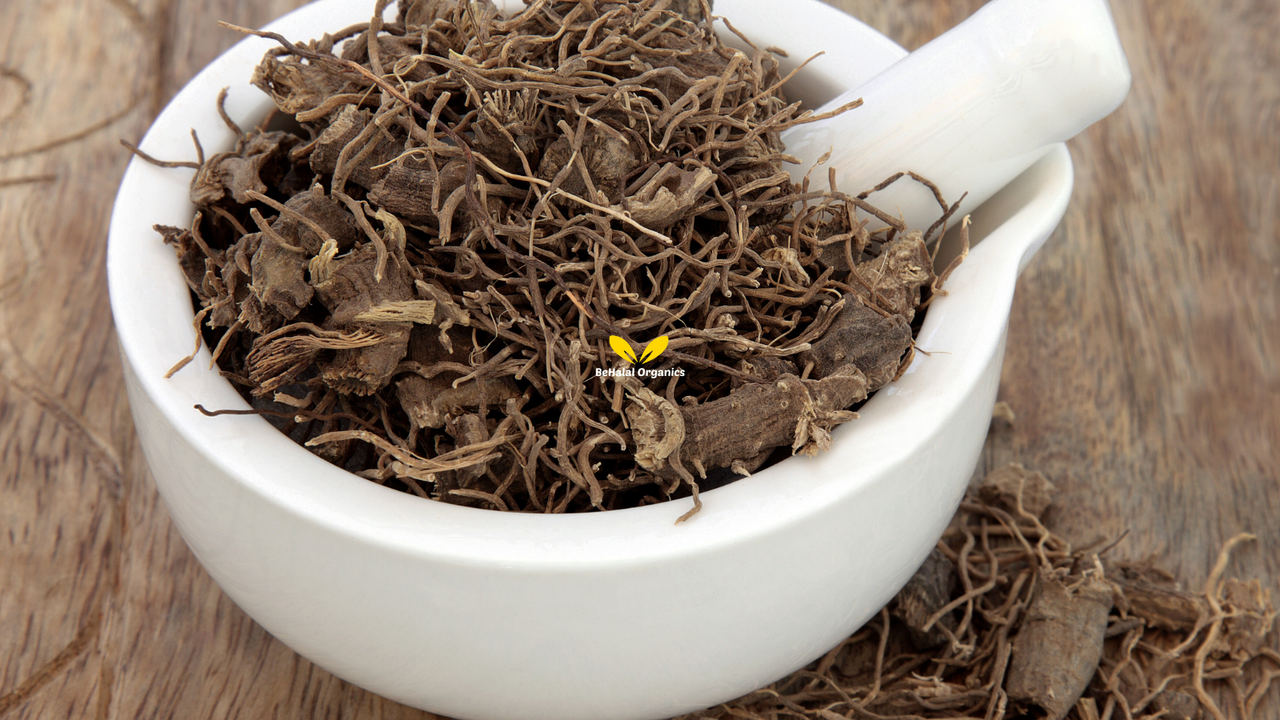What is Blue Cohosh? – History, Botany, and Identification
Introduction
Blue Cohosh is a fascinating medicinal herb that has intrigued healers, botanists, and herbal enthusiasts for centuries. From its deep-rooted history among Native American tribes to its modern availability in supplement form, this plant has a lot to reveal. Understanding its history, botany, and identification is essential if you’re curious about natural remedies or want to explore safe herbal practices.
What is Blue Cohosh?
Despite its name, it’s not related to the Black Cohosh plant. In fact, they belong to completely different families. Blue Cohosh is often referred to by names like Papoose Root, Squaw Root, and Blue Ginseng.
The Historical Background of Blue Cohosh
Native American Traditional Uses
For centuries, Native American tribes relied on Blue Cohosh as a natural remedy, particularly for women’s health. It was traditionally used to ease childbirth, regulate menstrual cycles, and support reproductive wellness.
Colonial and Herbal Medicine Applications
Early settlers adopted this knowledge and incorporated Blue Cohosh into folk medicine. Herbalists valued it as a uterine tonic, often recommending it for labor induction.
Women’s Health Traditions
Because of its strong influence on the female reproductive system, Blue Cohosh earned a respected place in herbal midwifery.
Cultural Significance
Beyond medicine, Blue Cohosh held symbolic value. Some tribes included it in spiritual practices, considering it a protective plant for women and children.
Botanical Classification
-
Family: Berberidaceae
-
Genus: Caulophyllum
-
Species: Caulophyllum thalictroides
This family connection distinguishes Blue Cohosh from Black Cohosh, which belongs to the buttercup family (Ranunculaceae).
Plant Description
Blue Cohosh is a perennial herb that grows up to two feet tall. Its bluish-green foliage and purple stems make it stand out in forest undergrowth.
Leaves of Blue Cohosh
The leaves are compound, often resembling meadow rue (Thalictrum). Each leaflet is ovate, with lobed edges and a distinctive blue-green tint.
Flowers of Blue Cohosh
The plant blooms in early spring, producing small, star-shaped flowers. These flowers are usually yellow-green or purplish brown and may not be as showy as other plants, but they are crucial for identification.
Fruits and Seeds
By summer, Blue Cohosh develops bluish berries that look attractive but are toxic. These berries contain harmful alkaloids and should never be consumed directly.
Habitat and Distribution
Blue Cohosh thrives in rich, moist woodlands across eastern North America. It prefers shaded environments and humus-rich soil.
How to Identify Blue Cohosh in the Wild
To correctly identify Blue Cohosh:
-
Look for purple shoots in early spring.
-
Notice the compound leaves with three-lobed leaflets.
-
Observe the small, yellow-green flowers in clusters.
-
Check for round, blue berries by late summer.
Blue Cohosh vs. Similar Plants
It’s easy to confuse Blue Cohosh with other woodland plants like meadow rue or twinleaf. The best way to differentiate is by checking the berries and unique leaf shape.
Modern Uses of Blue Cohosh
Today, Blue Cohosh is available in various forms such as teas, tinctures, and capsules. It’s primarily marketed for women’s reproductive health, including menstrual support and natural hormonal balance.
? At Behalal Organics, you can find high-quality Blue Cohosh capsules made to preserve the plant’s traditional benefits while ensuring safe, standardized dosages.
Safety Concerns and Precautions
While Blue Cohosh has historical uses, it is not without risks.
-
The berries are toxic and unsafe for direct consumption.
-
Pregnant women should only use Blue Cohosh under professional guidance.
-
Overdosing can cause nausea, headaches, or even more severe side effects.
Availability in Herbal Markets
Blue Cohosh is most commonly sold as:
-
Powders
-
Herbal teas
When sourcing supplements, it’s important to buy from trusted suppliers. That’s why many prefer Behalal Organics, which offers responsibly sourced Blue Cohosh capsules.
Sustainability and Conservation
Due to overharvesting, Blue Cohosh faces threats in some areas. Supporting ethical harvesting and cultivated sources helps protect its survival for future generations.
Conclusion
Blue Cohosh is more than just a woodland herb—it’s a plant with deep historical roots, cultural significance, and modern applications. While it remains a powerful botanical ally, proper identification and safe usage are essential. If you’re looking to experience its benefits responsibly, Behalal Organics Blue Cohosh Capsules are a reliable choice.
FAQs
1. What is Blue Cohosh mainly used for?
Blue Cohosh is primarily used in women’s health for menstrual regulation and reproductive support.
2. Can I grow Blue Cohosh at home?
Yes, it can be grown in shaded, moist woodland gardens, though it requires patience and careful tending.
3. Is Blue Cohosh safe to consume?
Only in controlled doses. The berries are toxic, and supplements should be used with caution under professional advice.
4. How do Native Americans traditionally use Blue Cohosh?
They used it as a natural remedy for childbirth, menstrual issues, and as a women’s protective plant.
5. Where can I buy Blue Cohosh supplements?
You can purchase high-quality Blue Cohosh capsules at Behalal Organics, ensuring purity and ethical sourcing.
DISCLAIMER
This blog has not been approved by your local health department and is not intended to provide diagnosis, treatment, or medical advice. The content provided on this blog is for informational purposes only. Please consult with a physician or other healthcare professional regarding any medical or health-related diagnosis or treatment options. Information on this blog should not be considered as a substitute for advice from a healthcare professional.
Explore Popular Articles
-
Why Livingston Sea Moss Ashwagandha stands out
18th Dec 2025Introduction: The Rise of Functional Super Supplements Let’s be honest—walking into the supplement w
-
Sidr Gold & Prime Vitality Honey: Benefits, Uses, Ingredients & How to Use It
16th Dec 2025What Is Sidr Gold & Prime Vitality Honey? Sidr Gold & Prime Vitality Honey is a premium wellness hon
-
Sidr Leaves Powder for Skin Care
11th Dec 2025Introduction In today’s world, more people are turning to natural skincare solutions, seeking gentle




